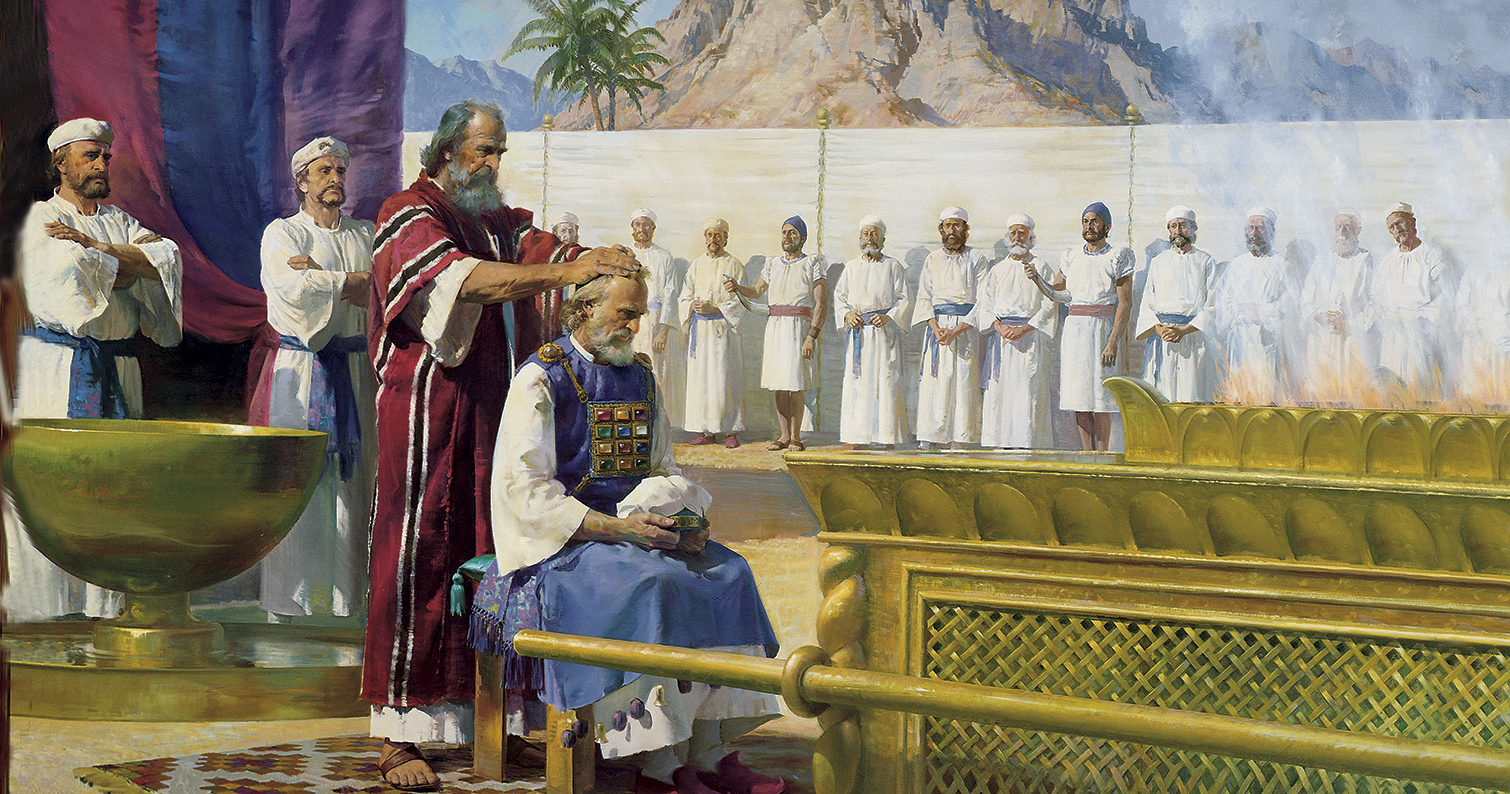
Religious clothing is more than just tradition—it often carries deep spiritual meaning, symbolizing a person’s devotion, purity, humility, or specific religious roles. While many are familiar with the hijab in Islam or the turban in Sikhism, sacred clothing appears in nearly every major world religion, often with rich cultural and theological significance.
This post explores sacred attire in six major world religions. While Mormon garments are often misunderstood or unknown outside the faith, other traditions also include sacred clothing with profound meaning. Here’s a closer look at six religions that incorporate sacred garments into their spiritual practices.
1. Mormonism (The Church of Jesus Christ of Latter-day Saints)
While not widely visible, sacred clothing holds special significance in the lives of faithful members of The Church of Jesus Christ of Latter-day Saints, often referred to as Mormons. One common question is what are garments in the Mormon religion, and the answer involves both temple ceremonies and daily spiritual practice.
Temple Garments
One of the most significant pieces of sacred clothing in Mormonism is the temple garment. Sometimes called Mormon garments, they are white underclothes worn by endowed adult members of the LDS Church. These garments are not ordinary underwear—they are a sacred symbol of commitments made in the temple and serve as a reminder of one’s covenant relationship with God.
The Church teaches that garments in Mormonism represent spiritual protection and should be treated with reverence. According to ChurchofJesusChrist.org, these garments are a daily reminder of sacred temple covenants and are worn under regular clothing.
Temple Robes
In temple ceremonies, members also wear additional clothing such as white robes, a sash, and a green apron. These items are used in sacred rituals, including Mormon sealing garments, which are worn during eternal marriage sealings. This sacred attire is only worn in the temple and is part of highly symbolic ordinances.
Many outside the faith are curious about end-of-life practices as well. For instance, some seek out Mormon burial garments pictures to better understand how these sacred clothes play a role in burial customs. The Church emphasizes modesty and respect even in death, dressing deceased members in temple clothing that signifies their ongoing spiritual journey.
Contrary to myths, Mormon sacred garment use is not mystical or restrictive but represents deeply held spiritual convictions. Members are taught that these garments are sacred and should be discussed with reverence, not sensationalized or trivialized.
2. Christianity
Christianity includes a variety of sacred garments that differ across denominations. While some groups wear elaborate vestments, others prioritize modest or plain attire. These sacred clothing choices reflect theological traditions as well as practical values.
Vestments
In Catholic, Orthodox, Anglican, and some Protestant traditions, clergy wear vestments such as the chasuble, alb, stole, and mitre. These items represent different aspects of service and spiritual authority. For example, the alb symbolizes purity, while the stole signifies spiritual leadership.
While there is no standard equivalent to different Mormon garments in Christianity, vestments often serve a similar symbolic function, connecting clergy and laity to divine service and spiritual heritage.
Plain Dress
Groups like the Amish and Quakers emphasize simplicity through plain dress. This reflects a belief in humility and separation from worldly distractions. Similar to the values behind what are morman garments, these Christian garments reflect inward devotion through outward appearance.
Whether ornate or simple, sacred garments in Christianity remind believers of their duties to God and community.
3. Judaism
Judaism is rich with sacred clothing that carries historical and spiritual meaning. Each item—from head coverings to prayer shawls—serves a specific religious function and connects Jewish individuals to their faith and heritage.
Kippah (Yarmulke)
Worn by many Jewish men, the kippah (or yarmulke) is a sign of respect and reverence before God. Though not required by Torah law, its use is widespread, especially during prayer and study.
Tallit (Prayer Shawl)
The tallit is a prayer shawl worn during morning prayers. Its fringes, called tzitzit, serve as reminders of the commandments. Much like the symbolism of garments Mormon, the tallit is not merely a garment—it is a representation of one’s relationship with divine law.
Tefillin
Tefillin are small boxes worn during weekday prayers, containing scripture verses. These are bound to the arm and forehead to symbolize devotion in thought and action.
Modest Clothing
Married Orthodox women often wear headscarves or wigs (called sheitels) as a sign of modesty. For men, white robes called kittels are worn during sacred holidays and funerals.
Just as Mormon burial garments pictures show the deep symbolism in Mormon end-of-life rituals, Jewish burial customs also involve white burial shrouds that emphasize purity and spiritual equality.
4. Islam
Islam emphasizes modesty and spiritual humility in both men’s and women’s clothing. These values are reflected in daily attire and special prayer garments.
Hijab and Modest Dress
The hijab is a head covering worn by many Muslim women. While cultural expressions of modest dress vary, the hijab symbolizes respect, faith, and inner dignity.
Niqab and Burka
The niqab covers the face except for the eyes, while the burka covers the entire body with a mesh screen for the eyes. These garments are worn more widely in certain cultural regions but serve the same religious purpose—modesty before God.
Kufi
Muslim men often wear a kufi, a rounded cap worn during prayers or daily life as a sign of devotion. Like the symbolism in mormon sacred garment use, Islamic headwear often reflects inner values of submission and reverence to the divine.
5. Sikhism
Sikh sacred clothing is based on the Five Ks, five articles of faith that symbolize moral and spiritual commitments.
Five Ks
- Kesh – Uncut hair
- Kanga – Wooden comb
- Kara – Steel bracelet
- Kachera – Modest undergarments
- Kirpan – Ceremonial dagger
These are worn by baptized Sikhs at all times and reflect lifelong commitment to truth, justice, and humility.
Turban (Dastar)
The dastar or turban is perhaps the most visible symbol of Sikh identity. It signifies self-respect, courage, and devotion to God.
Just as different Mormon garments denote varying sacred purposes, the Five Ks serve as both identifiers and reminders of Sikh values.
6. Hinduism
Hindu sacred clothing is often tied to purity, caste, ritual, and regional traditions. These garments are rich with spiritual symbolism and are worn during key religious observances.
Upanayana and Sacred Thread
The upanayana ceremony initiates young boys into spiritual learning and involves wearing a sacred thread across the torso. This thread symbolizes spiritual rebirth and a lifelong commitment to religious study.
Sari and Dhoti
Women wear saris during rituals, while men may wear a dhoti during temple ceremonies. These garments are often colorful, traditional, and reflect cultural respect for the divine.
Bindi and Tilak
The bindi, a decorative forehead mark, has spiritual significance, often representing the third eye or inner vision. The tilak, a vertical or U-shaped mark, is applied during religious rituals to indicate the worshipper’s devotion.
While Hinduism has no direct equivalent to garments in Mormonism, its sacred attire serves a similar purpose—demonstrating respect, purity, and connection to the divine.
Conclusion
From what are morman garments to turbans, saris, and prayer shawls, sacred clothing appears in virtually every world religion. These garments aren’t just cultural artifacts—they are expressions of deep devotion, moral discipline, and sacred tradition.Learning about sacred clothing—be it mormon sealing garments, a Sikh turban, or Jewish tallit—helps foster understanding and interfaith respect. They reflect the unseen commitments that believers carry in their hearts, made visible through threads, robes, and symbols passed down for generations.

By Todd Noall, Source Expert
Todd Noall is an author and religious scholar at Mormonism Explained with a focus on the history and theology of religion.

Fact Checked by Mr. Kevin Prince, Source Expert
Kevin Prince is a religious scholar and host of the Gospel Learning Youtube channel. His channel has garnered over 41,000 subscribers and accumulated over 4.5 million views. Mr. Prince also created the Gospel Learning App, a reliable platform where individuals seeking truth can access trustworthy answers to religious questions from top educators worldwide.
About Mormonism Explained
Mormonism Explained is a resource that was designed to provide objective and factual information about Mormonism, its history, doctrines, and policies. Our team of researchers consults experts and primary sources to present factual information on a variety of topics relevant to the Mormon Church.
Tags
